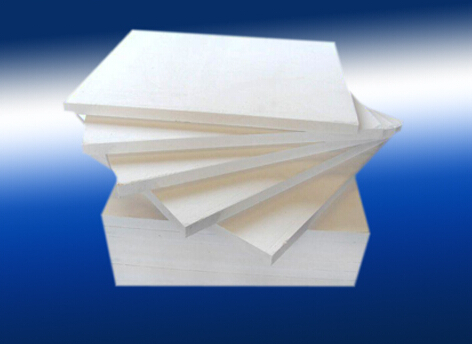Ceramic fiber is a kind of fibrous light refractory, with light weight, high temperature resistance, good thermal stability, low thermal conductivity, low specific heat and mechanical shock resistance and other advantages.
Ceramic fiber, which saves up to 10-30 percent energy compared with traditional refractory materials such as insulating brick and casting materials, got much wider application and development in China, especially under the general background of stricter control of industrial energy conservation and environmental protection in recent years. Ceramic fiber first appeared in 1941. Barb and Wilcox use electric arc furnace to melt and blow natural kaolin into fibers. After entering the 1990s, as the popularization and applications of zirconium fiber and polycrystalline alumina fiber, Ceramic fiber's using temperature reached 1000
℃ ~ 1400
℃, but due to the defective product quality and backward application technology, application fields have been limited. For example, polycrystalline alumina fiber cannot be made into fiber blanket with single product specifications and mainly made up of loose cotton and fiber pieces. Although the using temperature has been increased, the intensity is still poor, limiting the scope of application, and shortening the service life.
Zirconium fiber is a kind of aluminum silicate fiber made in melting method with broad usage and low cost, which can be widely used as heat surface full-fiber liner in building lots kinds of thermal furnace. The current domestic products' quality and application development is still relatively backward in this aspect. Now chrome fiber has appeared overseas, with higher using temperature than that of zirconium fiber, but there are no domestic reports about this.
In the field of high temperature industry, ceramic fiber plays an important insulating refractory role, but at the same time there are also great production disadvantages, especially that it can be inhaled, bringing certain harm to the environment and human body. At present, a kind of biological soluble amorphous ceramic fiber is appearing in refractory insulation materials market. This super fiber belongs to non-polluting and environmentally friendly material. Under the current condition of stricter industrial environmental control, non-pollution, refinement and multi-function will be ceramic fiber's long-term development direction and high added-value and high tech functional refined ceramic fiber made by new technology and materials will be more likely to be produced.
